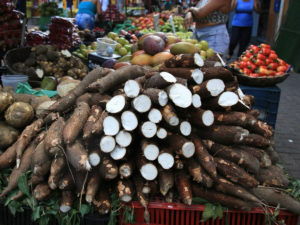The two-part show reveals like never before how theft was used as a means of erasing Jewish identity, writes Ambassador (ret) Stuart E. Eizenstat, the chair of the United States Holocaust Memorial Council, and the curator Julie-Marthe Cohen
The Holocaust perpetrated by the Nazis and their collaborators against European Jewry in the Second World War was the most comprehensive genocide in recorded history. Two-thirds of Europe’s Jews were exterminated. Many Holocaust museums, including the congressionally authorised United States Holocaust Memorial Museum in Washington, DC, initiated by President Carter [at the co-author of this article Stuart E. Eizenstat’s recommendation and whose governing council he chairs], and others in the US from Houston, Dallas, Detroit, suburban Chicago, Los Angeles, and Yad Vashem in Jerusalem, all movingly describe the steps that led to the killing of six million Jews, including one and a half million Jewish children, and millions of other victims—the mentally and physically disabled, Roma, Slavs, Poles.
But the Holocaust was also the greatest theft in history, and this has not been catalogued in any museum around the world until now, with the remarkable exhibition Looted, organised by the Jewish Cultural Quarter and the Rijksmuseum Amsterdam. It is split into two parts: one focusing on Judaica (Jewish books and ritual objects) at Amsterdam’s Jewish Museum, and the other focusing on art, at the city’s new National Holocaust Museum. The exhibition is accompanied by the illustrated book Dispossessed: Personal Stories of Dispossession and Restitution.
The theft of Jewish property was carried out with the same efficiency, brutality and scale as the physical genocide. It was an essential effort to erase root and branch more than a thousand years of Jewish history, to dehumanise what the Nazis considered an inferior race. They stole personal effects including jewellery, rugs and musical instruments. Many ordinary Germans purchased household items on the cheap, such as pots and pans, that had been confiscated from Jews.
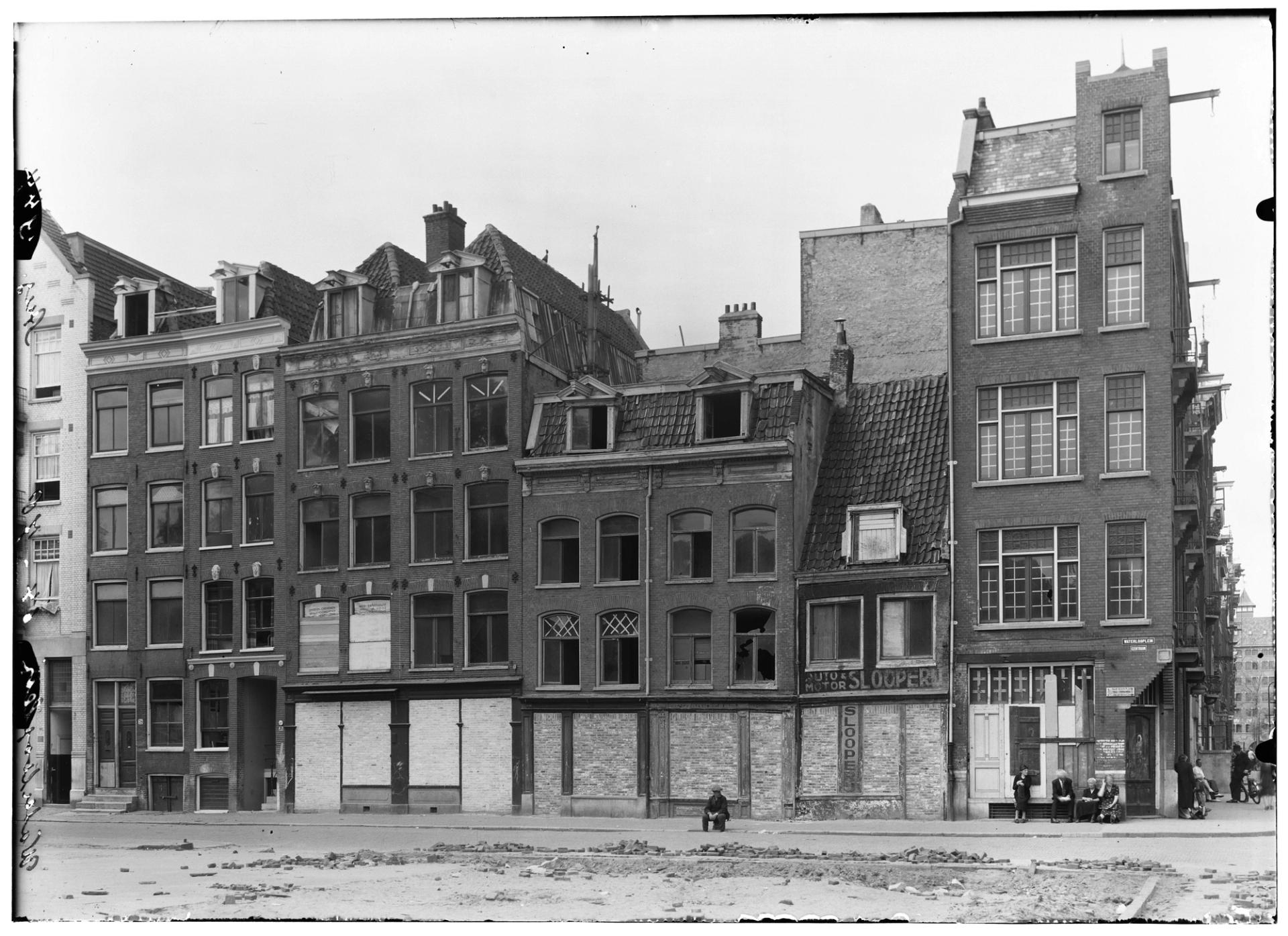
The Nazis took some 600,000 paintings, the most valuable of which were reserved for Hitler’s planned Reichmuseum in his hometown of Linz, Austria. During the war, the Allies were aware of the Nazi theft of Jewish-owned art, and in the 1943 London Declaration warned neutral countries not to traffic in looted art—with mixed results.
In a dramatic measure, the US created the Monuments, Fine Arts and Archives programme, consisting of museum curators, artists, librarians and art historians, the famous Monuments Men, who were embedded in Allied forces as they pushed east toward Berlin. They recovered an estimated 100,000 stolen works and books in one of the great artistic recoveries of history, sorted them out in collecting points in Germany, and under an order from President Harry Truman, repatriated them to the countries from which they had been stolen, with the goal of returning them to their owners. This was done imperfectly, and much of the looted art ended up in public museums and private collections in western countries; even more were taken by Soviet Trophy Brigades to the USSR, where they remain to this day.
Because of the Washington Principles on Nazi-Confiscated Art I negotiated with 44 countries in 1998, now augmented by the 2009 Terezin Declaration, and most recently by the March 2024 Best Practices for the Washington Conference Principles on Nazi-Confiscated Art, and the understandable fascination with major works of art, the misimpression is that such works were the major focus of the Nazi confiscation. But the vast majority of paintings were more valuable to the families as memorabilia than as expensive art.
More broadly, it obfuscates the even more vast theft of millions of books and cultural and religious objects precious to the families, but symbols of a culture the Nazis wished to extinguish: Hanukkah lamps, Shabbat candlesticks, kiddush cups used for wine to sanctify Shabbat. This aspect of the Holocaust is rarely captured by Holocaust museums around the world—until now.

For the first time, the Nazi cultural genocide, the looting of Judaica, is the subject of an exclusive exhibition, Looted, at the Jewish Museum.
It centres around three personal stories—of Louis Hirschel, Louis Lamm and Leo Isaac Lessmann—and the emotional impact of looting. The men’s stories are presented in the New Synagogue (today part of the Jewish Museum). The war history of this location is integrated into the exhibition: in 1943 the Einsatzstab Reichsleiter Rosenberg (ERR) looted Jewish books and ritual objects after discovering these objects behind false walls in the cellar of the building. This moment was captured in photographs taken by the ERR, two of which are projected as blow-ups on the wall.
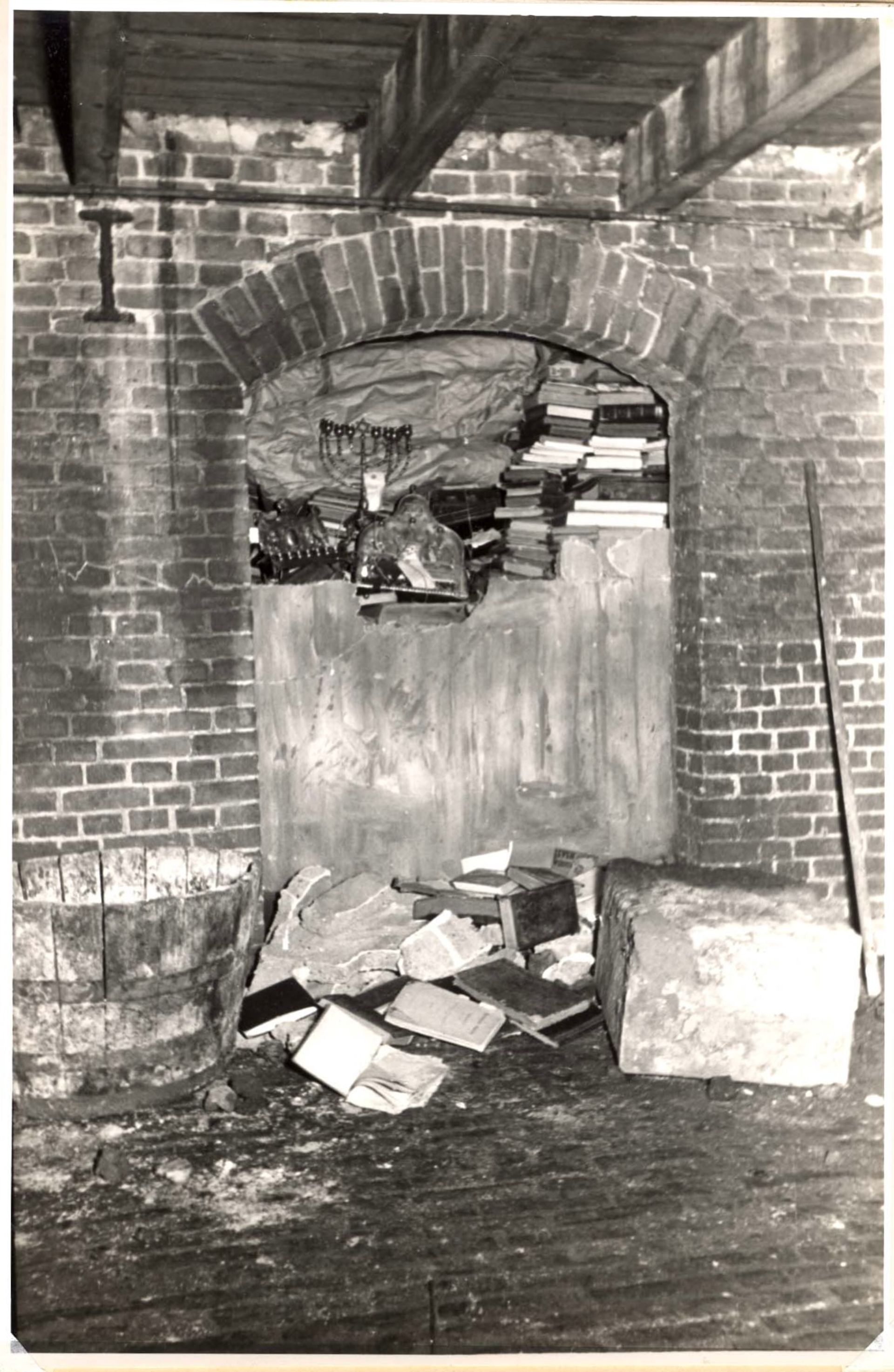
Cultural genocide
The main theme of the exhibition is cultural genocide and how it changed people’s lives. At the very start of the exhibition, the theme is introduced by a quote by Raphael Lemkin, the Polish lawyer who coined the term genocide: “The impact of the concept of genocide could be greatly enriched if the cultural losses that occurred through assassination of civilisations could be brought before the eyes of the world.”
The focus on Judaica illustrates the meaning of cultural genocide in its very essence, because these objects form, nourish and reflect a family’s Jewish identity. Judaica is not about social class: it does not make a distinction between the affluent, “elite” people—who are usually the subject of stories of looting or restitution of art—and ordinary people of lesser means.
In fact, the stories of two of the three protagonists represent the fate of most persecuted Jews. As reflected in the exhibition, they were murdered and left hardly any personal belongings. On display are family photographs and ego-documents—personal letters and diaries of the protagonists—historical photographs and documents, Jewish books and ritual objects, a crate. Alternating photos projected on a wall illustrate the stories of each of the three protagonists. They highlight the emotional impact of looting.
Stories about the Holocaust are, by their nature, emotional stories. Three different “context sections”—Humiliation, Sicherstellung (safeguarding) and Complicit—focusing on the perpetrators enable the visitor to empathise even more with the protagonists of the exhibition. The three stories are intertwined with the Nazi looting and destruction of Jewish cultural assets as part of a process of dehumanisation, which also includes isolation and extermination. The Nazis considered the Jews to be an inferior race and humiliating them was a deliberate strategy to portray them as Untermenschen (sub-human). Humiliation could be best achieved by attacking the symbols of Jewish identity, destroying synagogues and Judaica.
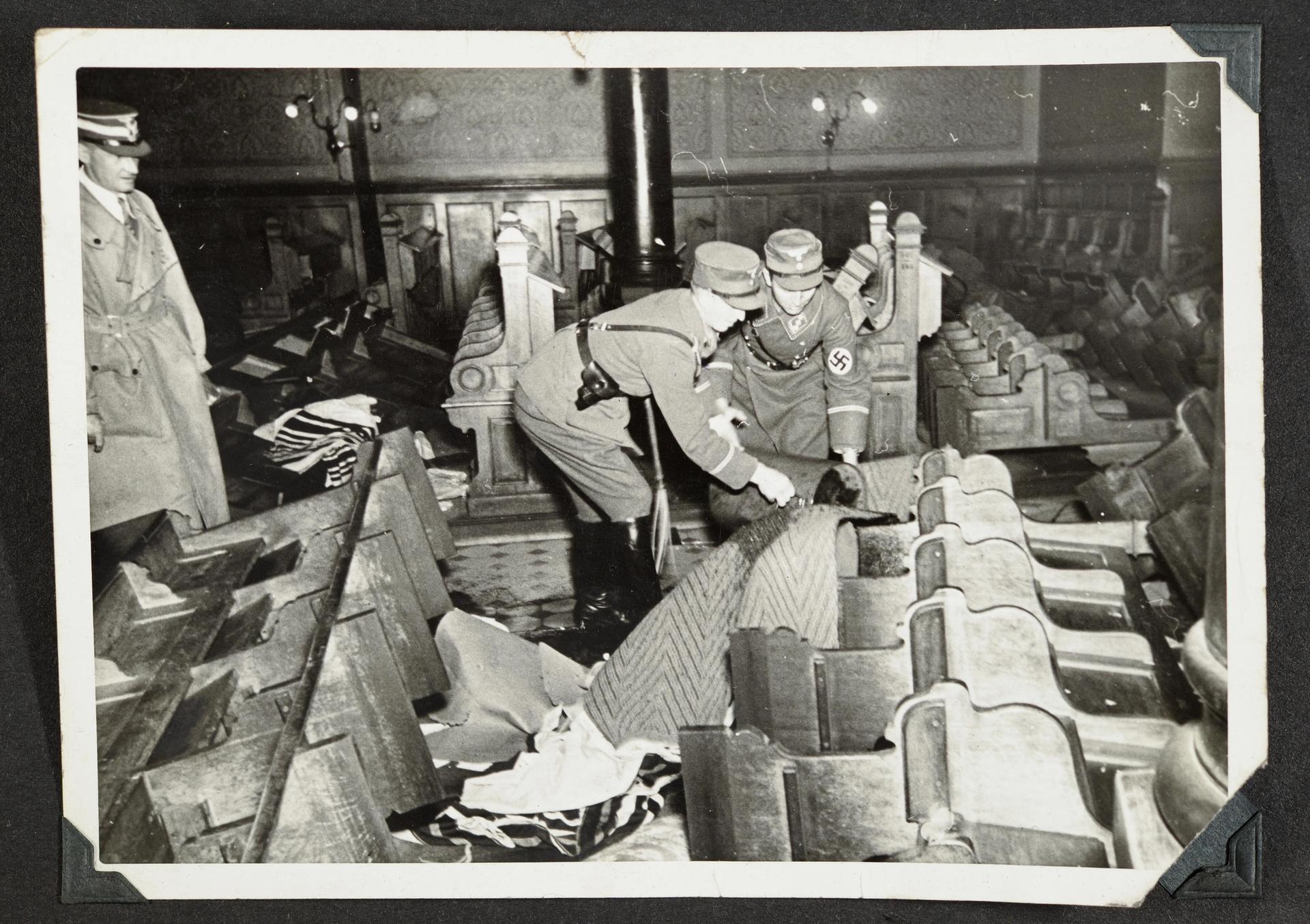
Furthermore, the Nazis “legitimised” the theft of Jewish cultural property through their conviction that the Jews were a threat to the German people. Their property therefore needed to be safeguarded (sicherstellen) or destroyed—their use of euphemistic language was a way to disguise their crimes and to mislead the Jews. The ERR was one of the main agencies that looted Judaica. Books were studied in the Institute zur Erforschung der Judenfrage (Institute for Research on the Jewish Question, IEJ) to prove that Jews were an inferior race according to Nazi ideology, legitimising the extermination of the Jews and their culture.
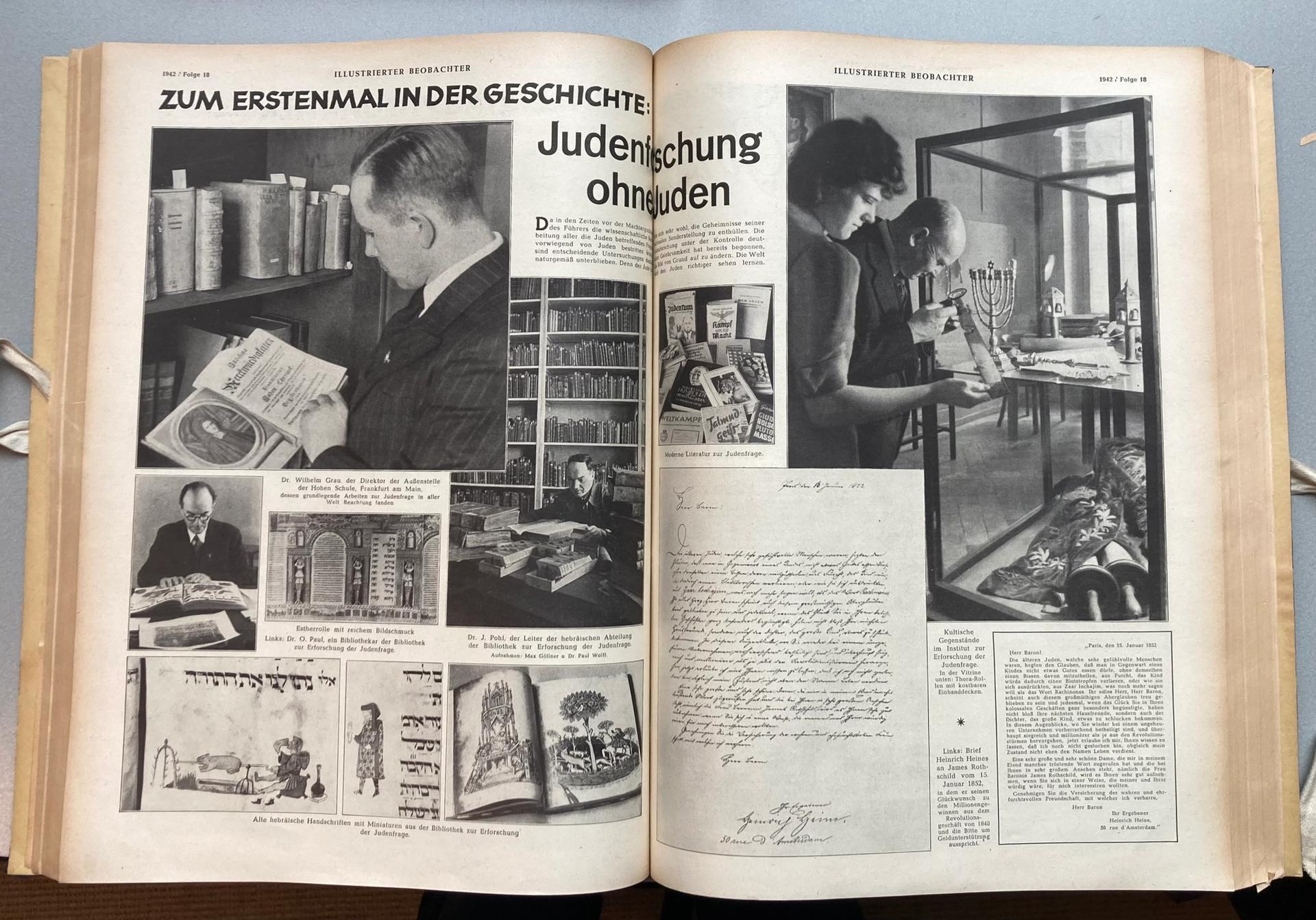
The Nazis were not the only ones who robbed the Jews of their property and dignity. Dutch people from all walks of life also participated, which enhanced the feeling of insecurity and fear of their Jewish fellow citizens: some acted out of greed, others were driven by antisemitic sentiments or because simply as part of their job.
For instance, a photograph of empty houses in the Amsterdam Jewish quarter tells the story of the notorious Abraham Puls, who as the owner of a removal company worked for the Möbel-Aktion, which robbed the households of deported Jews. It also speaks to “ordinary” thieves who did the same. A list from May 1940, recording people who had received instructions on prohibited literature, shows that the police helped the Nazis from the very start of the war.
Three personal stories
The drama of the exhibition is that objects get meaning in relation to people. When people are robbed of their belongings, they are robbed of their identity and dignity. The personal stories centre around this shift in the meaning of objects.
The story of Louis Hirschel (1895-1944) is about a dedicated father, rabbi, social worker, and librarian of the Bibliotheca Rosenthaliana (ROS), the well-known Jewish library in Amsterdam. After his forced resignation, he managed to rescue 200 rare and valuable works in the library. In 1944 the ERR looted most of the books of the ROS; however, in 1946 the books were returned to Amsterdam from the Offenbach Archival Depot, one of the four American collecting points, and the library was reopened. Hirschel and his family did not survive. Thus, Hirschel’s memory lives on in the books, which have been objects of commemoration ever since.

The story of the devoted antiquarian, publisher and author Louis Lamm (1871-1943), meanwhile, is one of complete destruction. Neither Lamm nor his internationally renowned antiquarian bookshop of Hebrew and Jewish books survived the war.
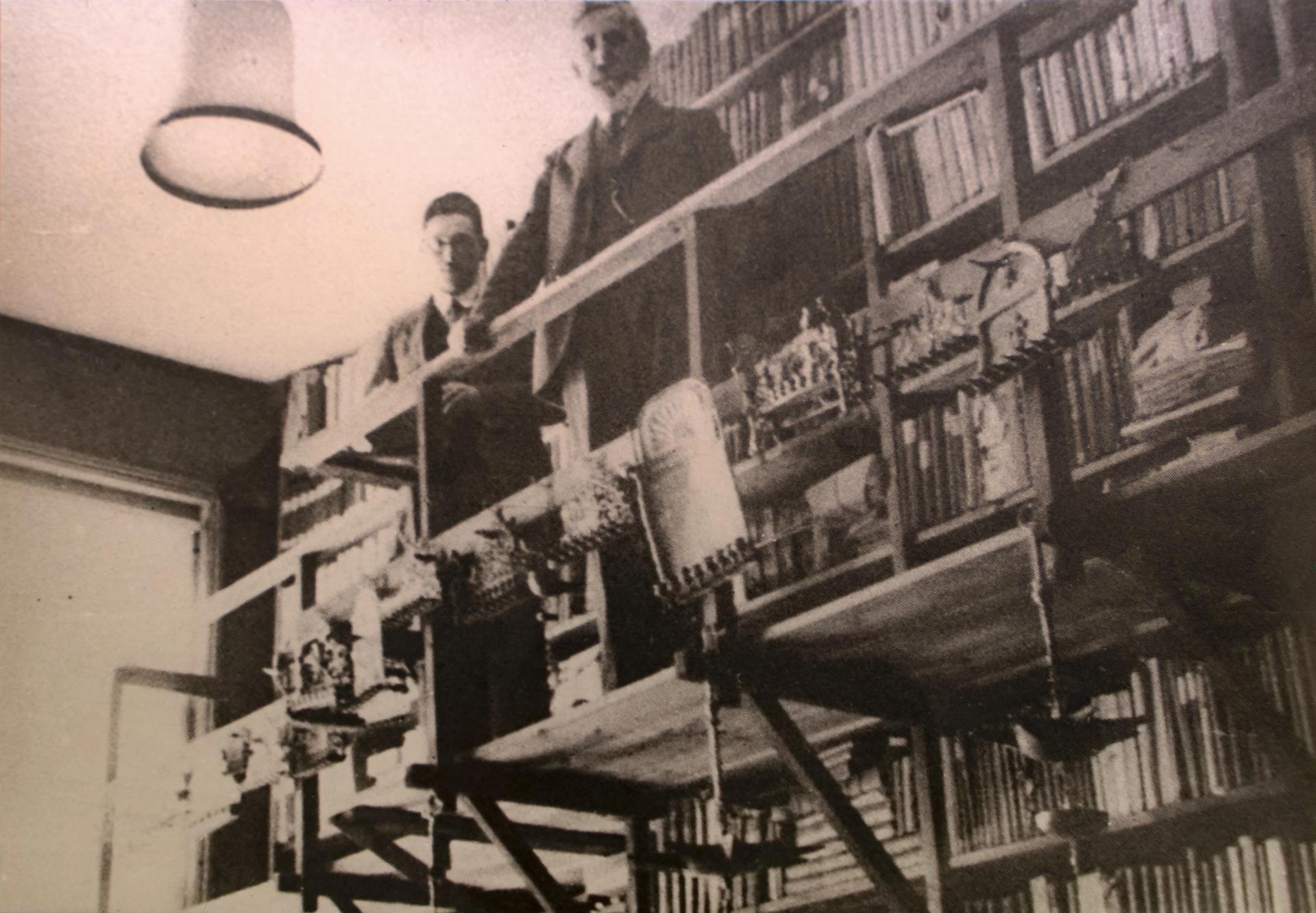
Lamm fled to Amsterdam from Berlin in 1933, where he continued his bookshop. He was murdered in Auschwitz in November 1943. In a moving audio interview, his Israeli grandson talks about his unsuccessful search for his grandfather’s collection.
Leo Isaac Lessmann (1891-1971) was the owner of a well-known publishing house in Hamburg and one of the most important collectors of Jewish ritual objects of his time, which symbolised for him a link with true spiritual life. Lessmann survived, but his complete collection remains lost.
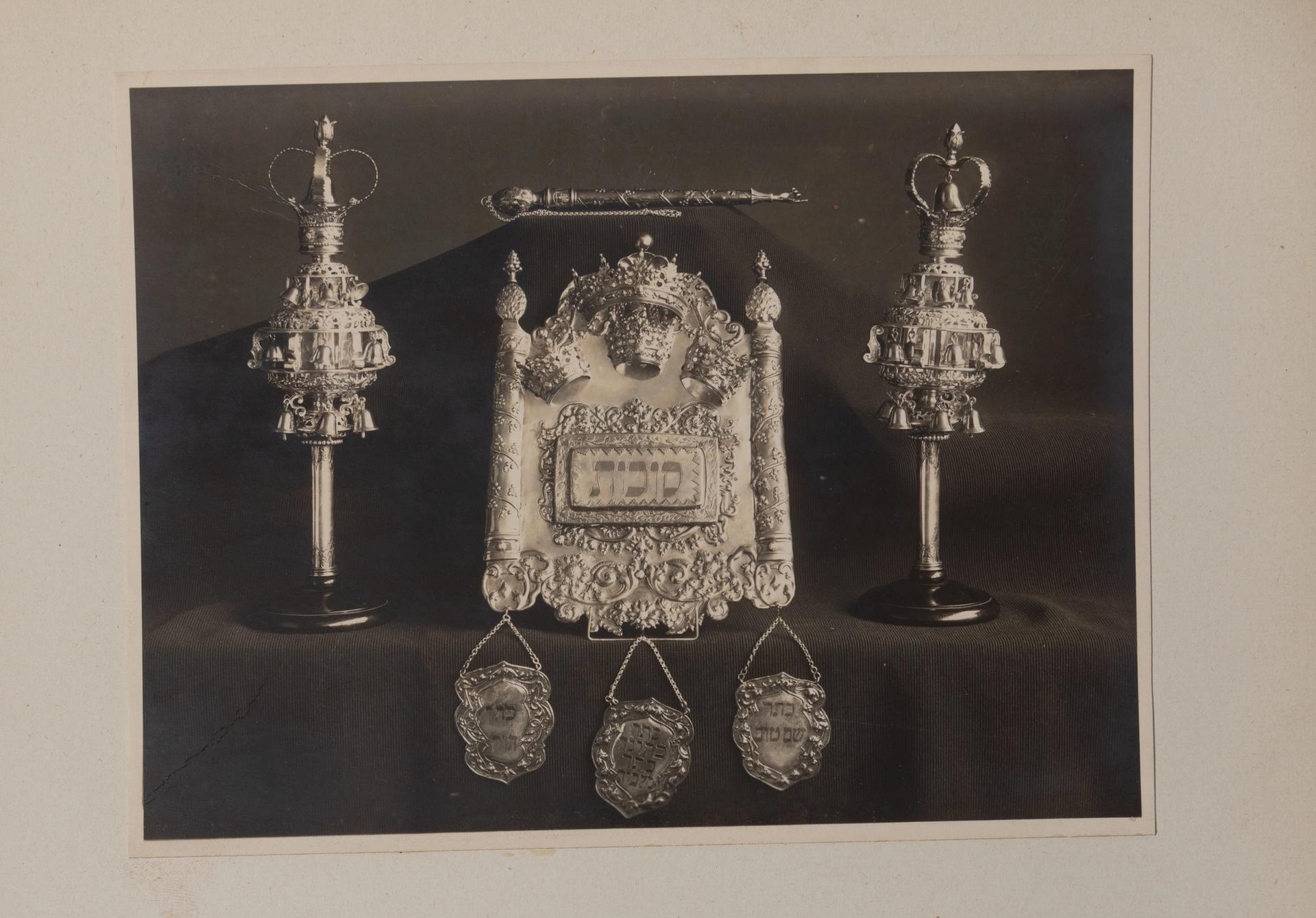
To safeguard his collection of 1,000 objects, Lessmann sent it to Amsterdam in 1936, where it was stolen in 1943. Lessmann survived in Palestine and searched for his collection in vain. In 1966 he was only partly compensated by Germany. The Nazis had taken from him his collection, fortune, status and native country—as a result he became an altered man, with collecting losing its meaning.
Identified and orphaned objects
“The smell of death emanated from these hundreds of thousands of books and religious objects–orphaned and homeless mute survivors of their murdered owners”—Lucy Dawidowicz-Schildkret, American Jewish Joint Distribution Committee, 1989
Two final context sections in the exhibition focus on the Jewish objects that survived. They show that cultural genocide was not complete. As Dawidowicz-Schildkret’s quote shows, these objects became the personification of the lost lives. In a sectioned called Return, objects like the books of the ROS and part of the ritual objects of the Jewish Historical Museum returned home from the American Offenbach Archival Depot. The Orphaned Objects section, meanwhile, tells the story of objects whose owners and users had been murdered, and which were salvaged and distributed by Jewish Cultural Reconstruction to Jewish religious and cultural institutions, mainly in Israel and the US.
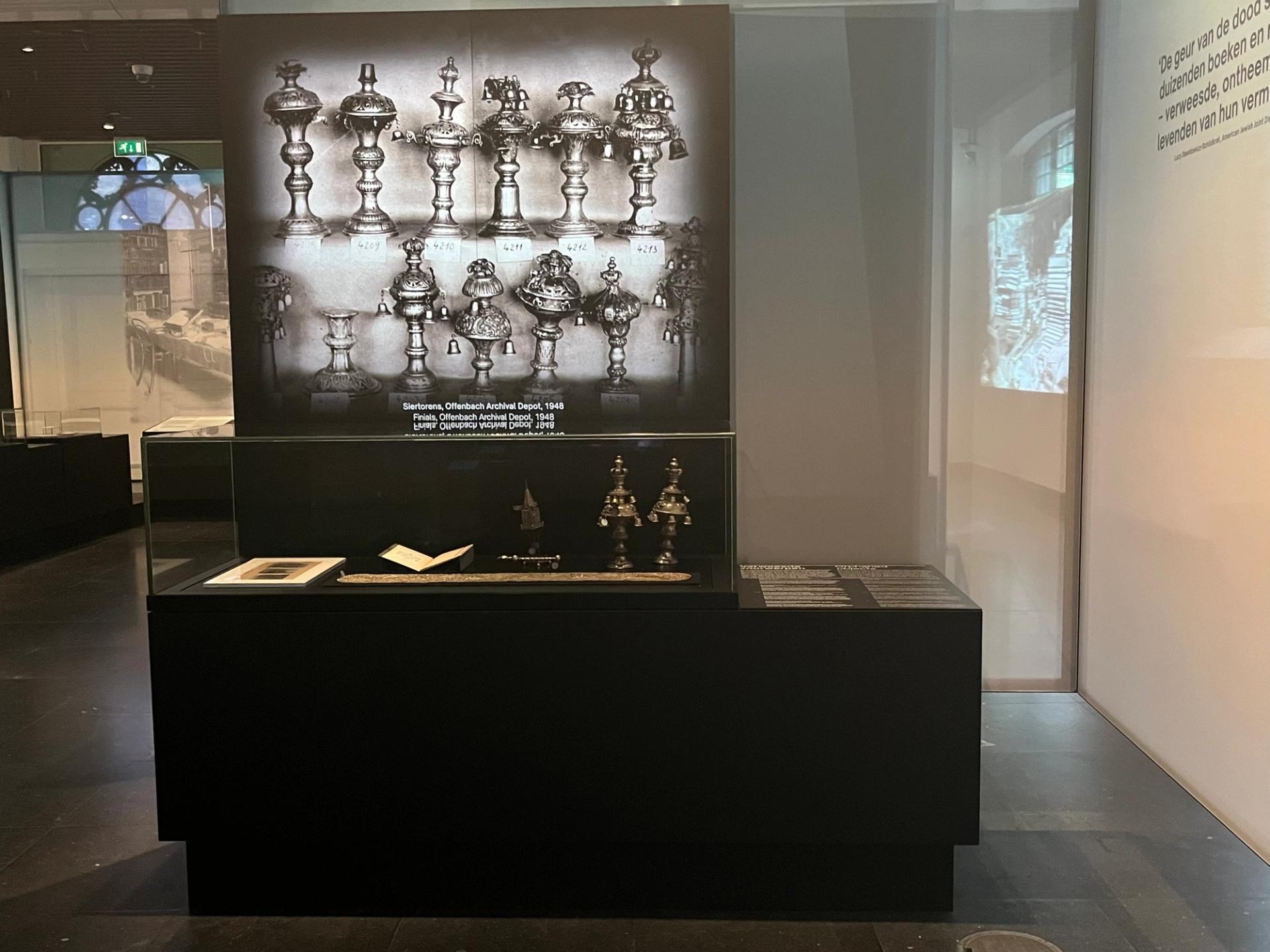
As repositories of the pre-war flourishing Jewish European culture, which had been largely destroyed, they now took on a new meaning. They passed that culture on to subsequent generations and ensured that those who once used them were not forgotten.
- Looted, Jewish Museum and National Holocaust Museum, Amsterdam, until 27 October
- Stuart E. Eizenstat has been a leader in Holocaust justice, memory, and restition in five US administrations from Presidents Carter through Clinton, Obama, Trump, and Biden, including being a principle author of the Washington Principles on Nazi-confiscated art endorsed by 44 countries and the 2024 Best Practices for the Washington Princilples, now endorsed by 25 countries. He is currently chairman of the US Holocaust Memorial Museum Council, but is co-authoring this article in his personal capacity.
- Julie-Marthe Cohen is curator of cultural history at the Jewish Museum of Amsterdam. She has worked on tracing Dutch Jewish ceremonial objects lost during the Second World War for more than two decades, and is presently doing a PhD at the University of Amsterdam on the history of looting of Jewish ritual objects and postwar restitution. She is the co-editor of publications including Neglected Witnesses: The Fate of Jewish Ceremonial Objects During the Second World War and After (Institute of Art and Law, Crickadarn, Nr Builth Wells, United Kingdom and Jewish Historical Museum, Amsterdam, 2011)


